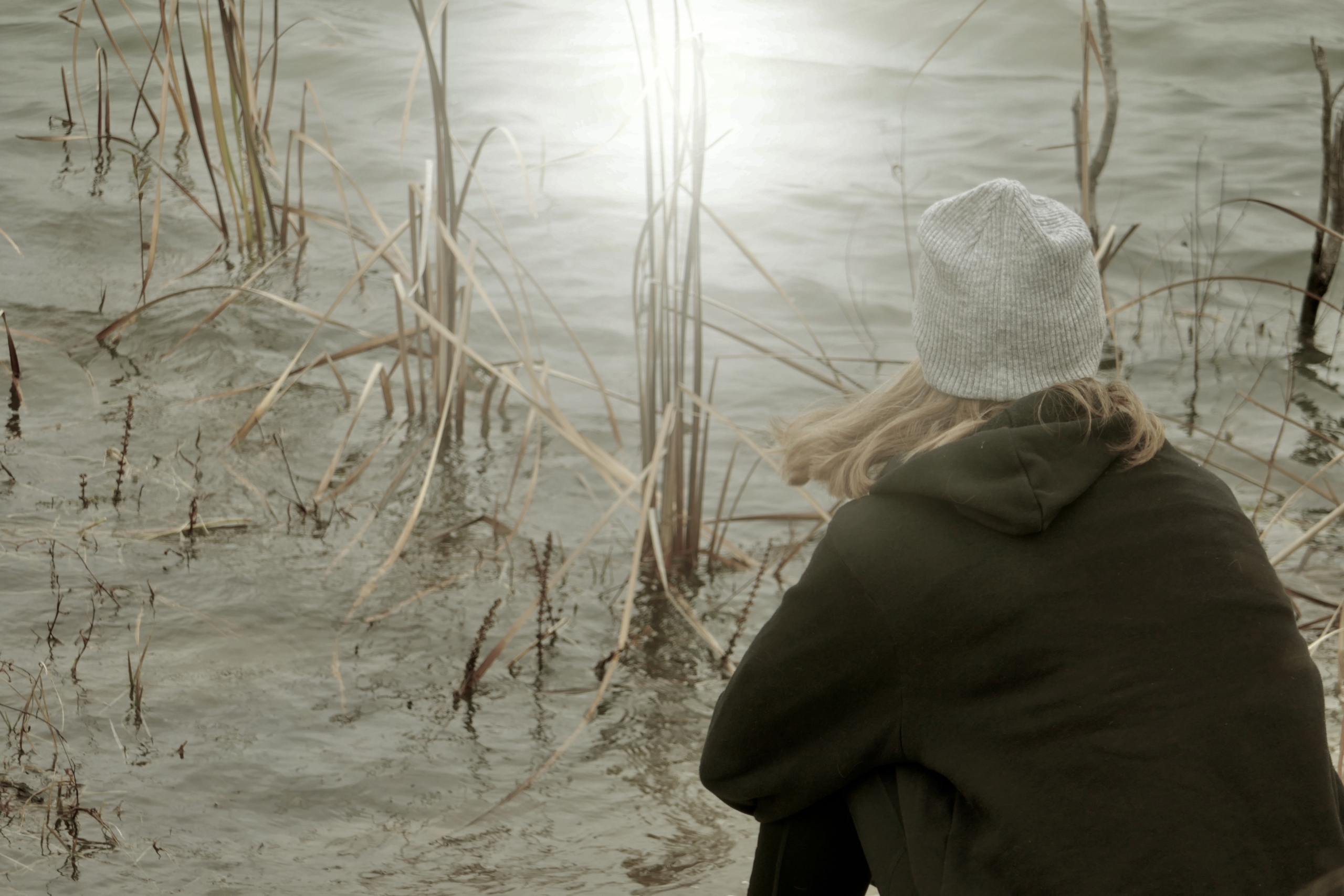“…whoever you are, no matter how lonely,
the world offers itself to your imagination,
calls to you like the wild geese, harsh and exciting—
over and over announcing your place
in the family of things.”
— Mary Oliver, “Wild Geese” in Dream Work
As a child, I learned how to sit with myself—alone. While I may have missed the camaraderie of playmates, I can’t recall ever feeling lonely.
I am the oldest of five with 7, 11, and 15 years between me and my siblings. Was it birth order, circumstance, or my introverted nature that created the perfect environment to learn how to live with myself?
The answer doesn’t matter. The comfort I have in solitude gives me time to think and reflect. My imagination has room to expand and dream.
Solitude
“Our language has wisely sensed the two sides of being alone.
It has created the word ‘loneliness’ to express the pain of being alone.
And it has created the word ‘solitude’ to express the glory of being alone.”
—Paul Johannes Tillich
The word solitude expresses a more positive connotation than alone. I crave solitude, but most of us, myself included, don’t particularly seek out loneliness. When I reflect back on Mary Oliver’s poem, she implies that if we are willing, we never find ourselves totally alone.
Our kinship with nature connects us to the ebb and flow of seasons, the sights and sounds of animals, the fragrance of flowers, and an immense sky. Are we ever, really alone?
By good fortune, I have human connections that fill my need for companionship and love. Would I feel different if those people disappeared from my life? I hope not.
Retreat
“Alone had always felt like an actual place to me, as if it weren’t a state of being,
but rather a room where I could retreat to be who I really was.”
—Cheryl Strayed
The idea of alone as a place appeals to me. When the world begins to whirr and spin out of control, I make a way to spend time in solitude.
The time alone I need to reconnect to myself may last five minutes or five days. Snippets of time snatched across the day provide moments to breathe and think—or not think at all.
Anne Morrow Lindbergh would steal away to the sea far away from friends and family to re-learn how to be alone. She presents this paradox, “Only when one is connected to one’s own core is one connected to others.”
Put another way, to give my best to others, I must be able and willing to give my best to myself. I view solitude as the fuel that feeds my connection to who I am and who I can become.
Knowing
“If you are never alone, you cannot know yourself.”
—Paulo Coelho
Examining my life and spending time exploring and reflecting creates a sense of purpose and order. Although this time may be beneficial, I must be cautious. All of that alone time can turn on me if I don’t move those ideas and thoughts to action.
At some point, I must walk out into the world. I must muster the courage to show up even when I can’t predict the outcome. Because as Brené Brown teaches us, vulnerability is the emotions we experience during times of uncertainty, risk, and emotional exposure.
I must be willing to grapple with those emotions to be and become my best. One thing I have learned about myself. If I never have time alone, if I never listen and learn who I am, I cannot be present for you and the people who matter to me in my life.
One of my favorite authors shares these words of truth.
All alone! Whether you like it or not, alone is something you’ll be quite a lot!
—Dr. Seuss, Oh the Places You’ll Go
Three Lessons to Takeaway
No. 1: In solitude, we can listen, observe, reflect, and understand our connection to others and the earth.
No. 2: Seek moments, hours, or days to retreat to connect to yourself.
No. 3: Knowing what lies within us, we venture bravely into vulnerability.
Then, you and I can live with honesty giving our best to ourselves and the world.
And always—
Be kind. Be brave. Be you.
Photo: © Kathryn LeRoy



Leave A Comment